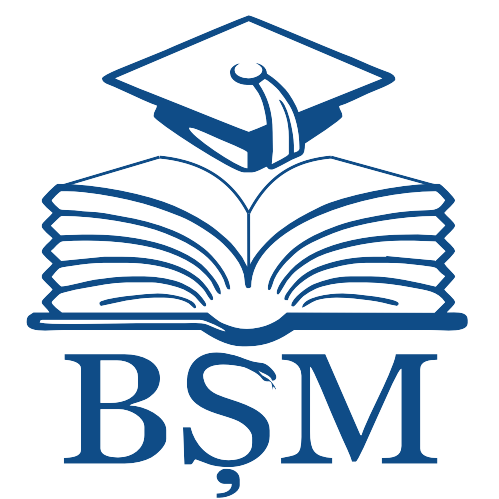|
|
- IRMS - Nicolae Testemitanu SUMPh
- 1. COLECȚIA INSTITUȚIONALĂ
- Revista de Științe ale Sănătății din Moldova
- Revista de Științe ale Sănătății din Moldova : Moldovan Journal of Health Sciences 2024 Vol. 11, Issue 2
Please use this identifier to cite or link to this item:
http://hdl.handle.net/20.500.12710/30048
| Title: | Treatment strategy for severe combined immunodeficiency in children |
| Authors: | Jayachandran, Jayaraman
Dolapciu, Elena |
| Keywords: | SCID;gene therapy;hematopoietic stem cell transplantation |
| Issue Date: | 2024 |
| Publisher: | Instituţia Publică Universitatea de Stat de Medicină şi Farmacie „Nicolae Testemiţanu” din Republica Moldova |
| Citation: | JAYACHANDRAN, Jayaraman; DOLAPCIU, Elena. Treatment strategy for severe combined immunodeficiency in children. In: Revista de Ştiinţe ale Sănătăţii din Moldova = Moldovan Journal of Health Sciences. 2024, vol. 11, nr. 3, anexa 2, p. 667. ISSN 2345-1467. |
| Abstract: | Background. Severe Combined Immunodeficiency (SCID)
is a rare but severe pediatric disease that is marked by a
severe deficiency of T and B lymphocytes, which results in a
high susceptibility to infections. Objective of the study. The
purpose of this research is to assess current developments
in management of SCID in children by analyzing key trends,
clinical findings, and difficulties from academic publications
published between 2019 and 2024. Material and methods.
A literature review with a primary focus on clinical trials,
meta-analyses, and peer-reviewed articles from 2019 to
2024 was conducted. The search terms “Severe Combined
Immunodeficiency”, “SCID”, “pediatric immunodeficiency,”
“gene therapy,” and “hematopoietic stem cell transplantation” were combined to search PubMed, MEDLINE, and
the Cochrane Library. Results. Increased use of newborn
screening allows for early diagnosis in these patients. Protective isolation, precautions related to transfusion of blood products, avoidance of live vaccines, and continuous prophylactic anti-infectious treatment should be included in
initial management before a definitive diagnosis is made.
The gold standard for curative care is still hematopoietic
stem cell transplantation (HSCT), with better results now
possible because of developments in donor matching and
conditioning regimens. Gene therapy as an alternative has
emerged, offering the potential for curative therapy for
specific genetic variants of SCID. Studies indicate that gene
therapy has a high success rate in correcting immune deficiencies. Conclusion. Newborn screening, HSCT advancements, and gene therapy have made significant advances in
understanding and treating SCID in the previous five years.
However, chronic illnesses need continuing research and international cooperation owing to treatment availability and
long-term management difficulties. |
| metadata.dc.relation.ispartof: | Revista de Științe ale Sănătății din Moldova: Moldovan Journal of Health Sciences |
| URI: | https://cercetare.usmf.md/sites/default/files/inline-files/MJHS_11_3_2024_anexa2__site.pdf
https://repository.usmf.md/handle/20.500.12710/30048 |
| ISSN: | 2345-1467 |
| Appears in Collections: | Revista de Științe ale Sănătății din Moldova : Moldovan Journal of Health Sciences 2024 Vol. 11, Issue 2
|
Items in DSpace are protected by copyright, with all rights reserved, unless otherwise indicated.
|


